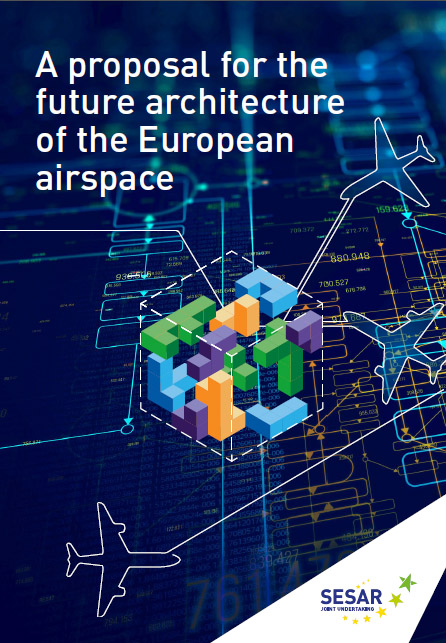Tanja Grobotek is a woman with wings: Her career has taken her from Croatia, to Africa and onto the Middle East, where she has gained considerable experience on both the operations of airlines and air navigation service providers. In this interview, Ms Grobotek as recently appointed Director CANSO Europe Affairs gives her view of the challenges facing European air traffic management and the ingredients that are needed for a successful evolution of the system.

What is your view of the current challenges facing air traffic management in Europe?
There are many challenges in air traffic management (ATM), which is particularly complex Europe given its own unique set of issues. Among others, I see three main challenges: trying to balance predictable capacity against the airspace user demand for flexibility, the unintended consequences of a fragmented, duplicative institutional and regulatory framework and managing a changing ATM environment made up of new technologies and new types of airspace users.
Many of your members are involved in the SESAR project - How do you see research playing a role in addressing the challenges?
Europe’s ATM industry is recognised internationally as one of the most complex yet safest ATM networks in the world. CANSO Members have contributed significantly to major modernisation initiatives, such as SESAR and will continue to do so. CANSO Members will continue to bring their expertise to address the challenges of developing and delivering the ATM network of the future.
 In this respect, CANSO welcomes the work carried out on the Airspace Architecture Study and believes that the initial recommendations offer a good foundation for the future architecture of the European airspace and are a solid base for future discussions. In particular, we are pleased to see that the study has recognised the important work of the SESAR programme to date, while bringing forward broader synergies possible from improving airspace design and other associated capacity enhancements.
In this respect, CANSO welcomes the work carried out on the Airspace Architecture Study and believes that the initial recommendations offer a good foundation for the future architecture of the European airspace and are a solid base for future discussions. In particular, we are pleased to see that the study has recognised the important work of the SESAR programme to date, while bringing forward broader synergies possible from improving airspace design and other associated capacity enhancements.
CANSO believes that a crucial way to increase service delivery productivity is through increasing the rate of deployment of automation tools and digitalisation, preferably through regulatory incentives, in combination with an optimised airspace structure. It is a collective responsibility and all European ATM stakeholders have their part to play in delivering a quality service.
What is your/CANSO’s view of how ATM should evolve in future?
When I think of the evolution of ATM in Europe, I think of a recipe where all the listed ingredients are essential; I believe that a perfect mix would be made of:
- A framework that considers the impact of the actions of all actors that can affect the performance of the European network;
- A simplified, harmonised legislative framework underpinned by better regulation principles;
- An environment that accommodates a range of business models – from corporatised to fully privatised and recognises the need for local flexibility;
- An environment that supports effective dialogue, effective use of manpower and change management;
- An environment that enables coordinated transition and adoption of new technology to support European wide concepts of operations (CONOPS).
Read the Airspace Architecture Study
